TFB Exclusive: Vietnam’s PKP Pecheneg - The New STrL-P Machine Gun

I previously covered the PKP machine gun and its use in Armenia. Now, it is making an unlikely appearance in Vietnam. For decades, the backbone of Vietnam’s infantry firepower has been shaped by Soviet and later Russian weaponry. From Kalashnikov rifles to the PKM machine gun, Vietnamese soldiers have long relied on designs imported or licensed from abroad. But the landscape is changing. Vietnam’s growing defense industry, centered around the Z111 Factory, has begun producing locally manufactured small arms to reduce reliance on imports.
Among the most significant of these new weapons is the STrL-P machine gun, a domestically produced copy of the Russian 6P41N PKP Pecheneg, a belt-fed general-purpose machine gun chambered in 7.62x54. It was unveiled for the first time at the Exhibition of 80 Years of National Achievements at the Vietnam Exposition Center in Hanoi on 28 August 2025.
The STrL-P represents Vietnam’s first attempt to develop an improved PKM design, having already produced the PKM in the past. By replicating the PKP Pecheneg, an evolution of the PKM, Vietnam signals both technological ambition and the desire for long-term autonomy in arms production. Reportedly, Vietnam requested a production license and technology transfer in 2019, which Russia reportedly denied. That may explain the minor changes visible on the displayed example. The model shown was produced in 2024, bearing serial number 5.
Why the PKP?
The Russian PKP Pecheneg, introduced in the early 2000s, refined the PKM by offering better sustained fire capability and improved barrel life. This was achieved through its distinctive enclosed barrel design with an enhanced cooling system. For Vietnam, whose forces have relied heavily on PKMs, the Pecheneg represented a logical next step.
The PKP’s unique approach centered on reducing the combined weight of a gun plus two spare barrels while enhancing barrel performance. Its design merged two barrels into one, supported by a dual cooling system. According to Russian patents, the PKP was intended to weigh 2.6–3.3 lbs. (1.2–1.5 kg) less than a standard PKM equipped with a spare barrel. A PKM with a spare barrel weighs 21.8 lbs. (9.8 kg), while the PKP came in at just 19.18 lbs. (8.7 kg). The tradeoff was that the PKP’s barrel was not designed to be replaced, but it offered much greater endurance in return.
Heavy reliance on Russian imports, however, poses obvious risks. Vietnam’s experiences in the First Indochina War, and even more so during the later Vietnam War, revealed just how fragile external supply lines could become in prolonged conflict or under shifting geopolitical conditions. These lessons instilled a lasting emphasis on self-reliance. By reproducing and adapting the PKP domestically, Vietnam can modernize its arsenal while insulating itself from the kinds of supply disruptions and political constraints that once hampered its war efforts.
Design
Official specifications remain limited, but seeing at the exposition show that the STrL-P closely follows the PKP Pecheneg’s blueprint. The weapon is chambered in locally produced 7.62x54, the same cartridge used in the PKM, the Dragunov SVD, and other legacy systems still in Vietnamese service. This ensures compatibility with existing ammunition stockpiles, making logistics seamless.
Like its Russian counterpart, the STrL-P incorporates a heavy barrel with a dual cooling system, ensuring sustained accuracy, durability, and service life. Unlike the PKM, which required spare barrels for quick changes in the field, the Pecheneg design uses a single barrel capable of prolonged fire without overheating.
While there is no official data on the barrel material, the Russian PKP uses specialty steel derived from aircraft cannon barrels. The most distinctive feature is its cooling system:
- Rear section: passive cooling, pulling air under the barrel shroud across a ribbed barrel section.
- Forward section: active cooling, requiring the weapon to fire to pull air through vent holes in the gas block, channeling it under the barrel jacket toward the muzzle device.
Additionally, the PKP design features a tighter barrel-to-trunnion interface, reducing play and slop to decrease dispersion. This is said to increase accuracy by 1.6–2.5 times.
Which Role?
Machine guns are key features of all infantry movement. While rifles provide individual fire, the machine gun delivers the suppressive firepower that shapes maneuver. With a doctrine emphasizing mobility and adaptability across dense jungles, mountains, and urban terrain, Vietnam needs a reliable, versatile general-purpose machine gun.
The STrL-P may be intended to replace PKMs still in service or may find use with specialized units. At present, its exact role remains unclear. What is clear is that it offers higher durability and better sustained fire capability compared to legacy systems.
Strategic Significance
The debut of the STrL-P fits into the broader trajectory of Vietnam’s defense ambitions. Over the past few decades, the country has expanded its domestic arms industry. Z111 Factory, long tasked with maintaining and upgrading imported arms, now produces both licensed and indigenous copies. From the STV family of assault rifles, the licensed production of the IWI 7.62x39 Galil and 5.56 NATO Negev LMG, Vietnam has been steadily diversifying.
The STrL-P extends this modernization to general-purpose machine guns, complementing Vietnam’s domestically produced PKMs. The core receiver design remains familiar, but the upgrades, focused primarily on the barrel assembly, reflect the PKP influence. Notably, the STrL-P lacks the oval cutout on the forward receiver seen on Russian PKPs, which were originally intended to reduce trunnion heating by eliminating the insulating receiver around the chamber area.
Potential Deployment
The STrL-P has yet to appear in widespread service, but its unveiling at the expo suggests it is entering testing or limited frontline distribution. The People’s Army of Vietnam has long sought to modernize its small arms, and this new machine gun will likely see initial use with elite formations before regular infantry.
Chambered in 7.62x54, the STrL-P fits in layered firepower. Lighter weapons like the STrL-7.62 in 7.62x39mm or RPD derivatives provide mobile suppressive fire at short ranges, while the STrL-P delivers heavier, long-range automatic fire. Together, these form a balanced system supported entirely by domestically stocked ammunition.
Conclusion
The debut of the STrL-P machine gun came as a surprise. Vietnam’s program essentially reverse-engineered the PKP’s barrel assembly and adapted it to their domestically produced PKM. While there are design differences, the result addresses a key capability gap and provides significant firepower. Notably, most nations operating PKMs do not practice regular barrel changes, making this upgrade all the more practical.
One curious choice was retaining the side rail optics mount rather than adding an M1913 rail on the feed tray cover, which could have been a more modern option. Even so, the achievement is striking. The STrL-P shows Vietnam’s resilience and self-reliance, showing that the country is no longer merely an importer of foreign weapons and designs but a producer of world-class infantry weapons in its own right.

Lynndon Schooler is an open-source weapons intelligence professional with a background as an infantryman in the US Army. His experience includes working as a gunsmith and production manager in firearm manufacturing, as well as serving as an armorer, consultant, and instructor in nonstandard weapons. His articles have been published in Small Arms Review and the Small Arms Defence Journal. https://www.instagram.com/lynndons
More by Lynndon Schooler
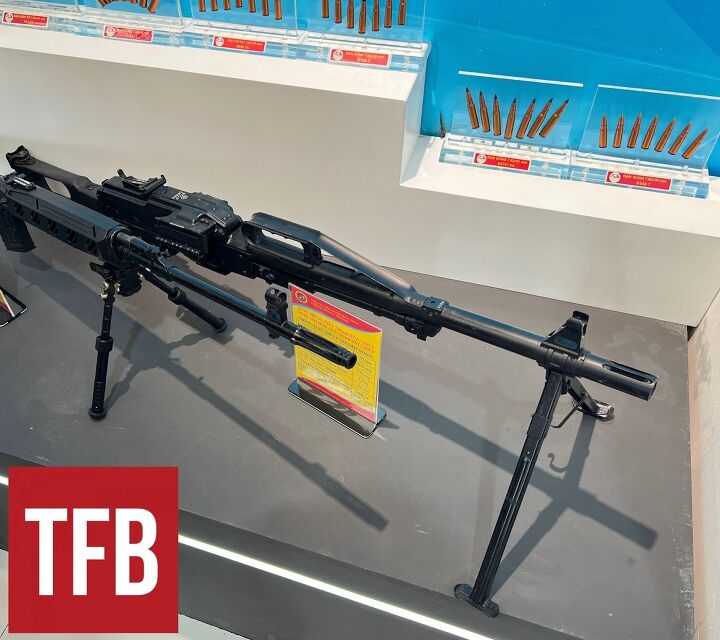





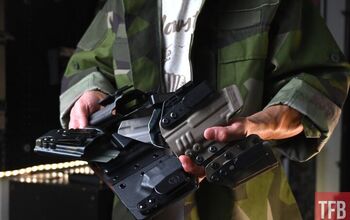






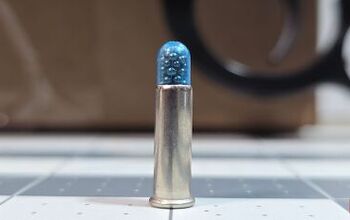

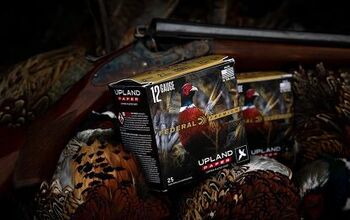

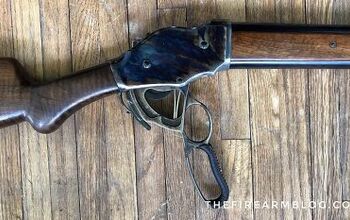

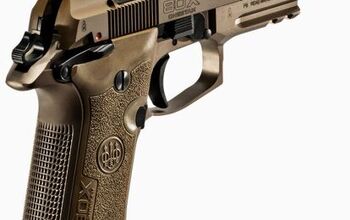
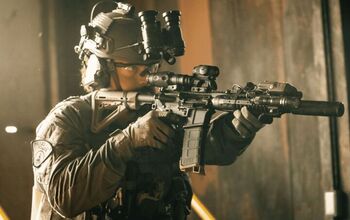



Comments
Join the conversation